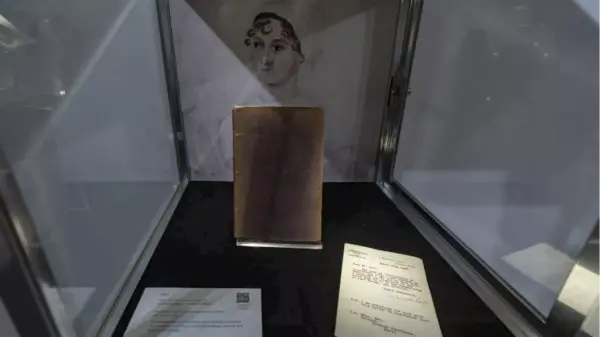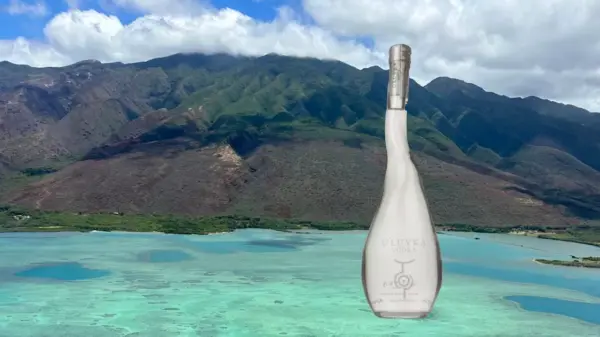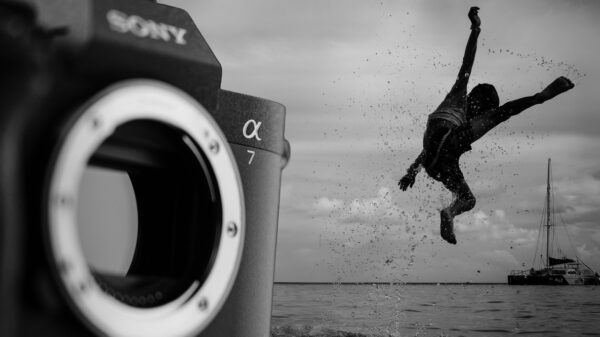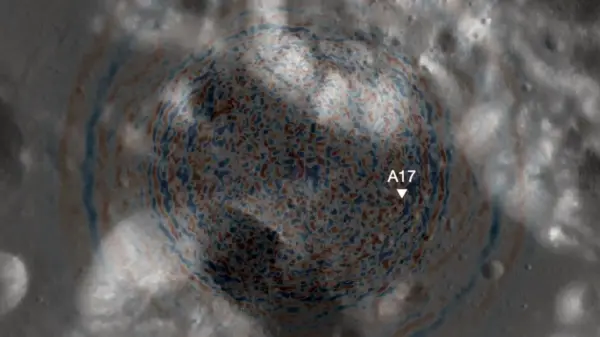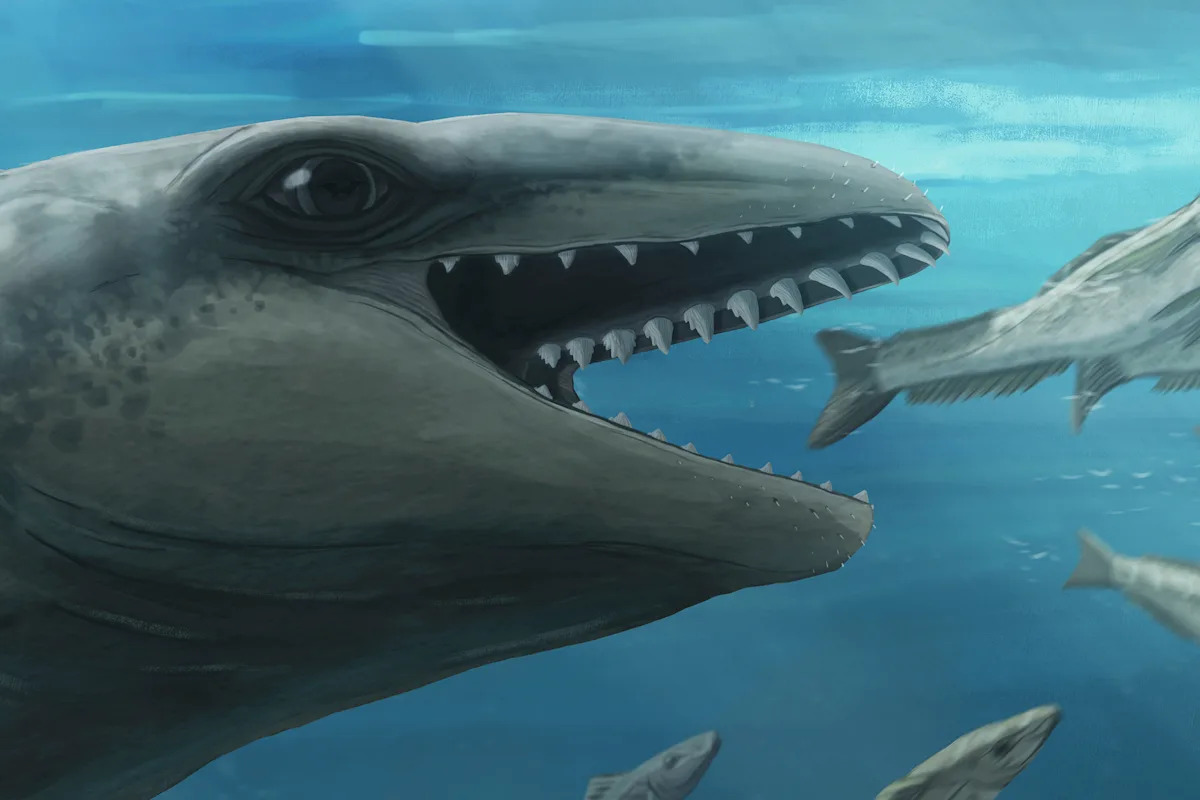A team of paleontologists has identified a new species of prehistoric whale, named Janjucetus dullardi, based on a 25 million-year-old fossil discovered on an Australian beach. This finding, revealed in the Zoological Journal of the Linnean Society, provides valuable insights into the evolutionary history of whales, showcasing a creature that was small, fierce, and markedly different from today’s gentle giants.
The juvenile specimen, unearthed in 2019 at Jan Juc Beach in Victoria, Australia, featured bulging eyes comparable in size to tennis balls and a body small enough to fit in a single bed. Unlike modern whales, which are known for their size and grace, this early ancestor sported sharp teeth and a shark-like snout, indicating it was a formidable predator. “It was, let’s say, deceptively cute,” remarked Erich Fitzgerald, senior curator of vertebrate paleontology at Museums Victoria Research Institute and co-author of the study. “It might have looked for all the world like some weird kind of mash-up between a whale, a seal and a Pokémon, but they were very much their own thing.”
Uncovering a Rare Fossil
The discovery of the partial skull, which included ear bones and teeth, has opened new avenues for understanding whale evolution. Janjucetus dullardi is only the fourth species identified within the mammalodontids group, an early lineage of whales that thrived during the Oligocene Epoch, approximately 34 to 23 million years ago. Fitzgerald noted that these creatures represent an evolutionary branch leading to today’s baleen whales, such as humpbacks and blues.
The unique features of this ancient whale are still being pieced together. “They may have had tiny little nubbins of legs just projecting as stumps from the wall of the body,” Fitzgerald explained. However, without more complete skeletons, many aspects of their anatomy and lifestyle remain shrouded in mystery. The initial find of the skull, which allowed for species identification, is considered remarkable in the field of paleontology.
A Passionate Fossil Hunter
The discovery was made by amateur fossil hunter Ross Dullard, who was exploring Jan Juc Beach during a low tide when he noticed something unusual protruding from a cliff. His instincts kicked in when he dislodged a tooth, recognizing it did not belong to any common marine animal like a dog or seal. “I thought, geez, we’ve got something special here,” Dullard stated. After sharing photos of his find with Museums Victoria, Fitzgerald quickly suspected he had uncovered a new species.
The identification of Janjucetus dullardi marks a significant event, as it is the first mammalodontid species recognized in Australia since 2006 and only the third on record in the country. Fitzgerald highlighted the rarity of such discoveries, explaining that cetaceans constitute a minuscule portion of all life, meaning that conditions must be just right for fossils to be preserved over millions of years.
Insights from findings like these contribute to our understanding of prehistoric whale adaptations, including how they interacted with their environments. These discoveries also provide context for current research into how marine life, including whales, might respond to climate change.
With the confirmation of his find, Dullard is planning a celebration, inviting friends and family to a fossil-themed party featuring cetacean games and whale-shaped treats. “That’s taken my concentration for six years,” he reflected, expressing the joy and relief at finally seeing his lifelong passion recognized.













